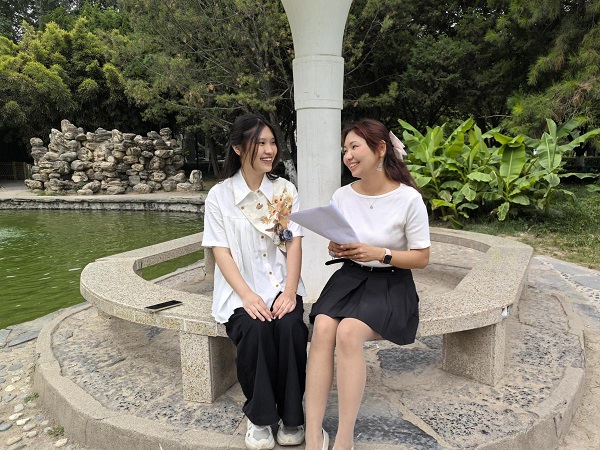Progress made in thermal stabilization of aluminum alloys
A research team of Xi'an Jiaotong University (XJTU) led by Professor Sun Jun, an academician of the Chinese Academy of Sciences, recently proposed a new strategy for stabilizing solute atoms in nano-aluminum alloys by using ultra-high vacancy concentrations.
Based on the microstructure design idea of strongly binding solute atom-vacancy complexes, the team produced nanocrystalline alloys through high-pressure torsion at liquid nitrogen temperature, which are called AlCuSc-C.
At the same time, the research reached a high vacancy concentration, and spontaneously formed a thermodynamically stable atomic complex with an extremely strong binding force in this environment.

(a, b) Photo of HAADF atomic complexes in nanocrystalline alloys, AlCuSc-C
(c) Corresponding relationship between the thermal instability temperature (the critical temperature at which phase separation occurs when the aging is 50h) and the equivalent strain (the size of the representative grain) in this alloy, and its comparison with previous reports of coarse-grained and conventional large-deformation ultrafine-grained and nanocrystalline aluminum alloys
This new strategy supplements and expands the traditional cognition that vacancies promote aging precipitation on the scientific level. It also solves the bottleneck problem of poor thermal stability and insufficient plasticity at room temperature at the same time on the technical level, and is expected to promote the engineering application of nanocrystalline aluminum alloys.
The research results were published in Nature Communications under the title Freezing solute atoms in nanograined aluminum alloys via high-density vacancies.

